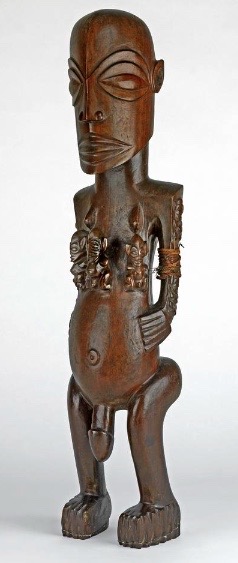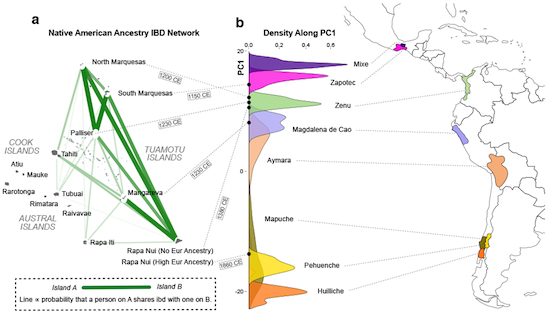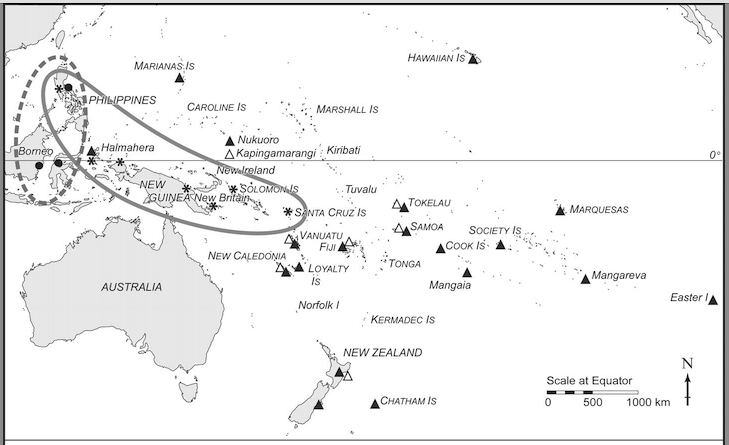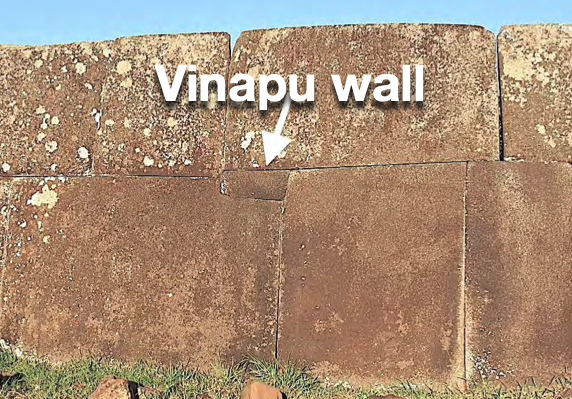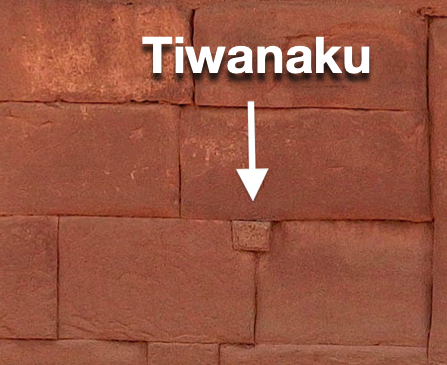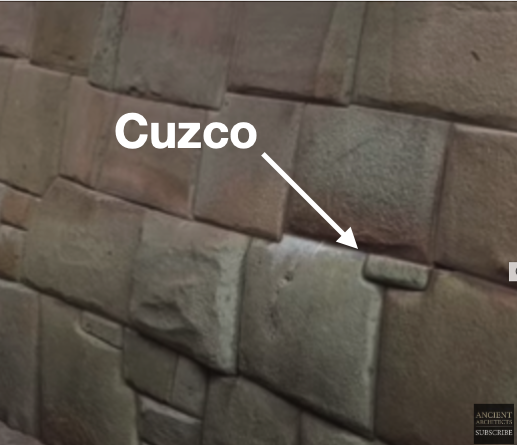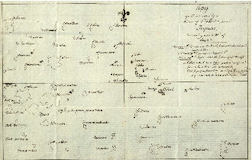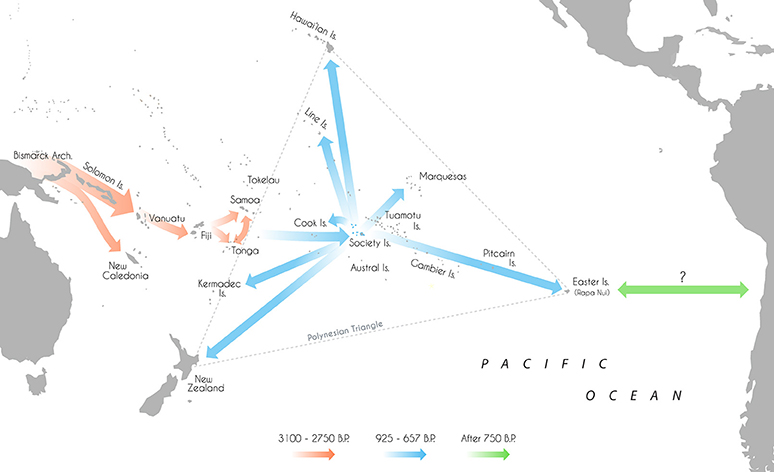Did Halmahera serve as the ancestral homeland of the Maori?
- Details
Researchers at Auckland University have conducted an extensive study on the Polynesian rat, also known as the kiore. This study involved a detailed comparison of the kiore's genetic makeup with that of the Halmahera rat.
The research provides insights into the evolution of island rats, highlighting the unique characteristics of these rodents. It also offers clues about their possible origins.
The kiore occupies a significant place in Polynesian history and culture. Having accompanied Polynesian voyagers on their extensive Pacific expeditions and settling on numerous islands. However, its ecological impact has been mixed, serving both as a predator and a seed disperser.
Understanding the kiore's genetic structure is crucial. By examining its adaptation to island environments and interactions with other species, we can better understand its evolutionary path. This 12-year study utilized advanced genetic research techniques, including DNA sequencing and analysis.
The study's primary aim was to explore the kiore's genome, examining its genetic diversity, population structure, and evolutionary history. The findings reveal a significant genetic link between the kiore and the Halmahera rat. A fact of particular interest since Halmahera would have served as a stop for Maori Polynesian voyagers. Before they commenced their Pacific explorations.
The Halmahera Theory: Unraveling the History of Pacific Islands
The Halmahera theory is a compelling alternative to existing models. It highlights the need for more research. Which could help reveal more history of the Pacific Islands and its diverse people.
How the Halmahera Theory can Benefit Our Understanding
Reframing the Polynesian Migration: The Halmahera theory questions the widely accepted theory that Polynesians originated from Taiwan 3000 BC. It suggests a more complex migration pattern with various starting points and stops along the way.
Read more: Did Halmahera serve as the ancestral homeland of the Maori?
Why is the Megalithic wall on Rapa Nui, older than the Inca Empire
- Details
The megalithic wall on Vinapu, Rapa Nui, shown below, was built around 850-950 CE.
This dry-stone masonry structure exhibits a distinct architectural style that shares similarities with the walls of Tiwanaku built around 600 CE, a pre-Inca civilization that flourished in the Lake Titicaca region of South America, as well as the walls of Cuzco, the capital of the Inca Empire.
The Vinapu wall's construction technique, characterized by interlocking polygonal blocks fitted together without mortar, mirrors that of Tiwanaku's monumental structures. Additionally, the Vinapu wall's curved profile and use of small, wedge-shaped stones to fill gaps between larger blocks echo the architectural style of Tiwanaku.
Read more: Why is the Megalithic wall on Rapa Nui, older than the Inca Empire
Tupaia's Map: A Remarkable Artifact of Cross-Cultural Exchange
- Details
Tupaia's map, a remarkable artifact of cross-cultural exchange, stands as a testament to the navigational prowess and knowledge of the Maohi people. Created during Captain James Cook's Endeavour voyage in 1769, the map depicts a vast expanse of the Pacific Ocean, encompassing over 4,800 kilometres from Easter Island to New Zealand.
Tupaia, an arioi priest, Ariki advisor, and master navigator from Raiatea, played a pivotal role in the creation of this extraordinary map. Possessing an extensive understanding of Polynesian celestial navigation, Tupaia collaborated with Cook and his crew to translate his mental map of the Pacific onto paper.
The map's intricate details reveal a deep understanding of Polynesian navigation techniques, including the use of celestial bodies, wave patterns, and bird migrations to traverse the vast Pacific. Tupaia's ability to conceptualise and communicate this knowledge to the Europeans demonstrates the remarkable navigational expertise of the Maohi people.
Read more: Tupaia's Map: A Remarkable Artifact of Cross-Cultural Exchange
What were the Maoris doing in Peru South America 1000CE?
- Details
The Maori Kumara and its Peruvian Origins
Caroline Roullier et al., 2013 have discovered that the Maori Kumara, a beloved food crop for the Maori/Maohi/Maoli, originated from Peru South America. The sweet potato was collected by Maori voyagers around 1000 CE from Quechuans, who called the plant Cumar, Cumal, or Kumara.
Not long after, around 1100 CE, the Quechuans established the Inca capital at Cuzco. The Incas rose to conquer and control the West Coast of Americas, forming the great Inca Empire. They were known for their incredible architecture and engineering, as evidenced by their awe-inspiring citadel of Machu Picchu.
The Arrival of Christopher Columbus
Read more: What were the Maoris doing in Peru South America 1000CE?
